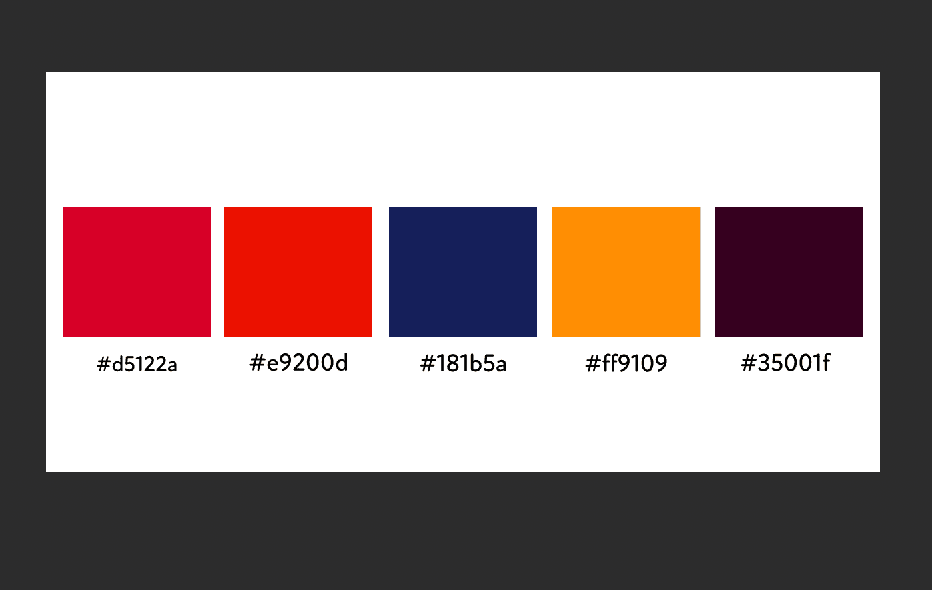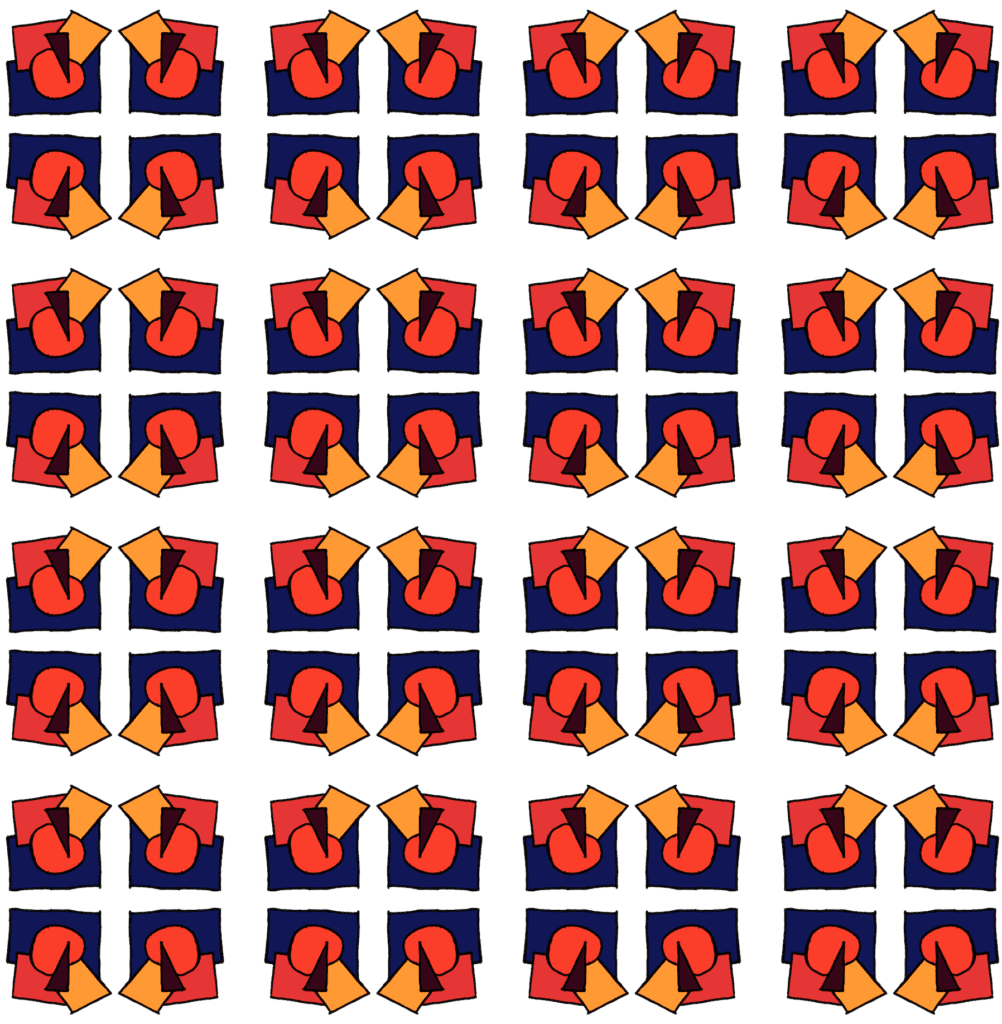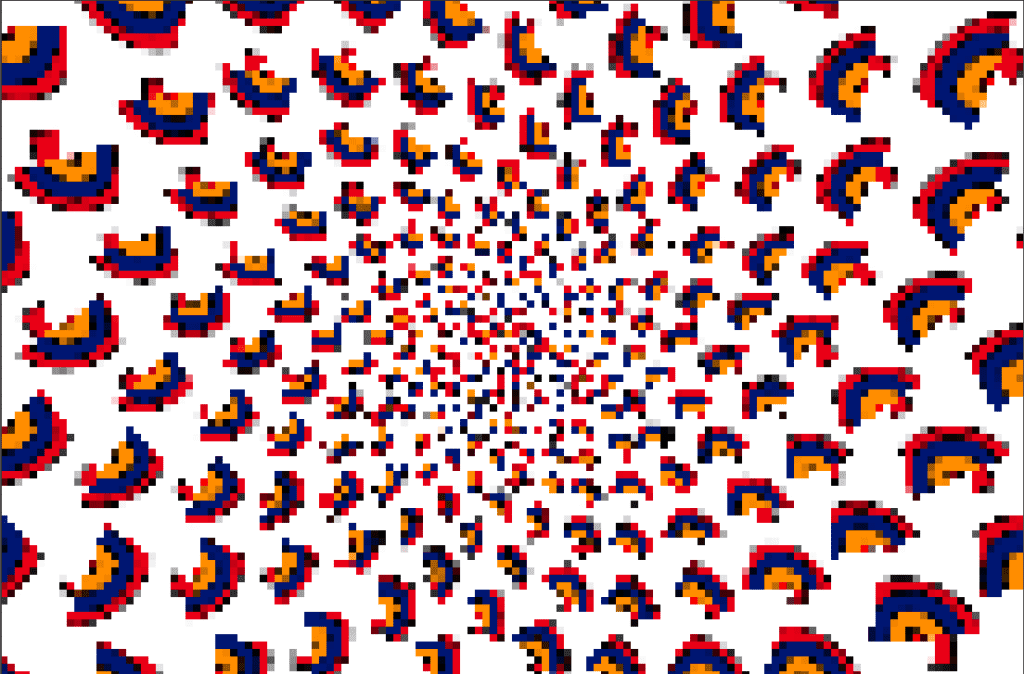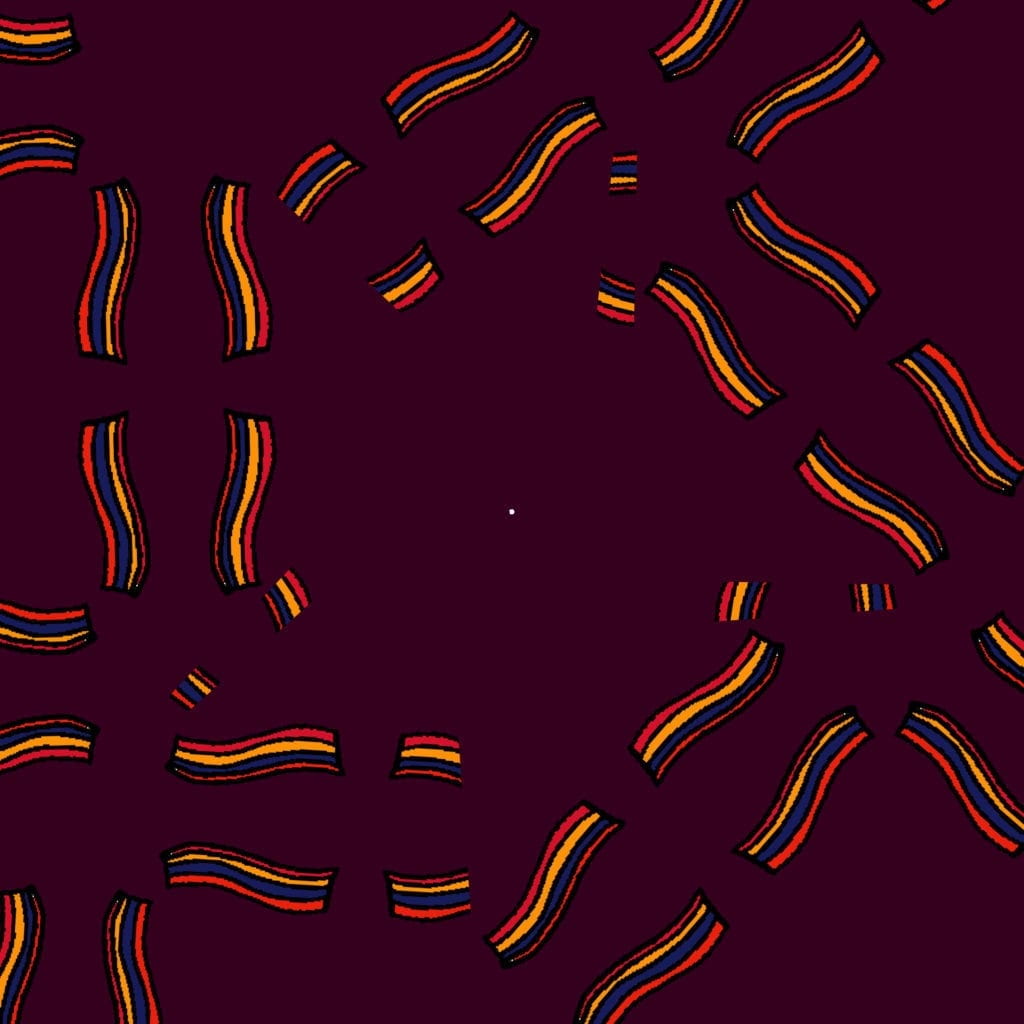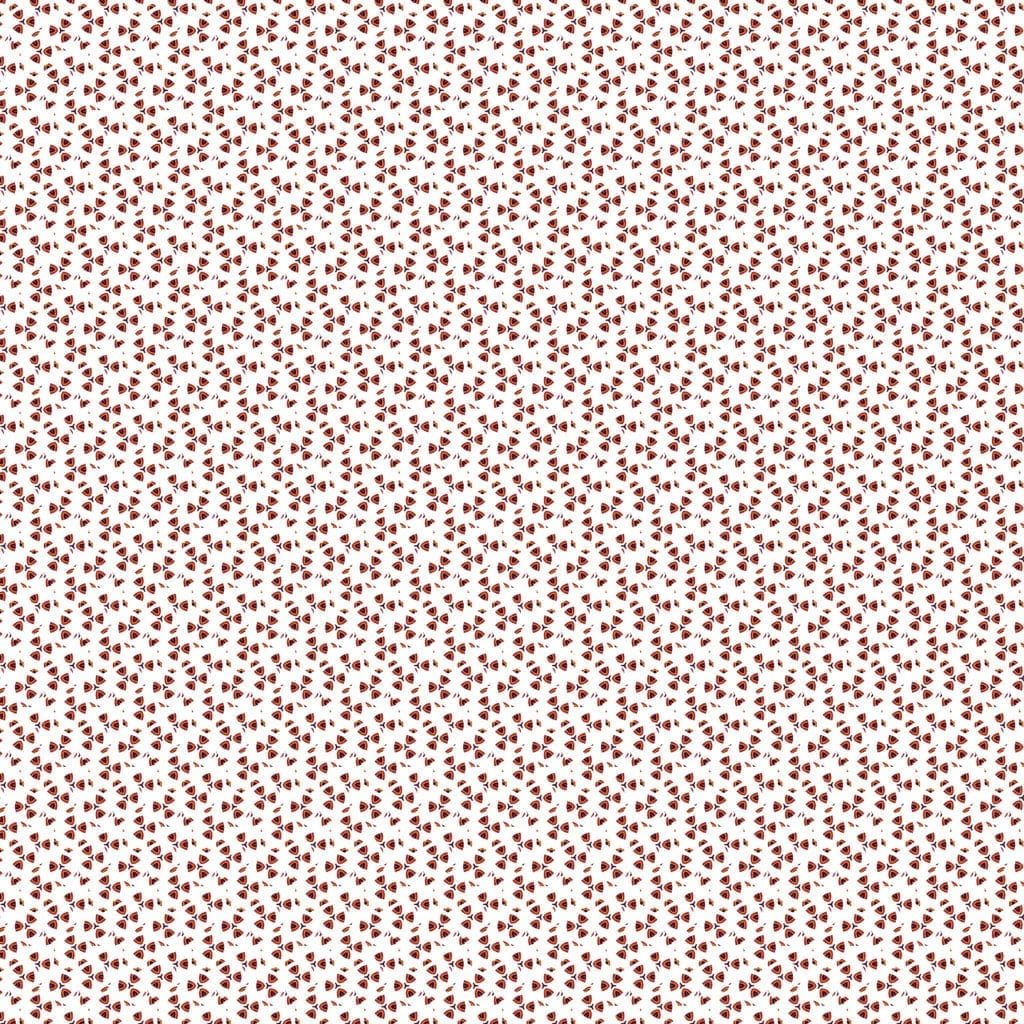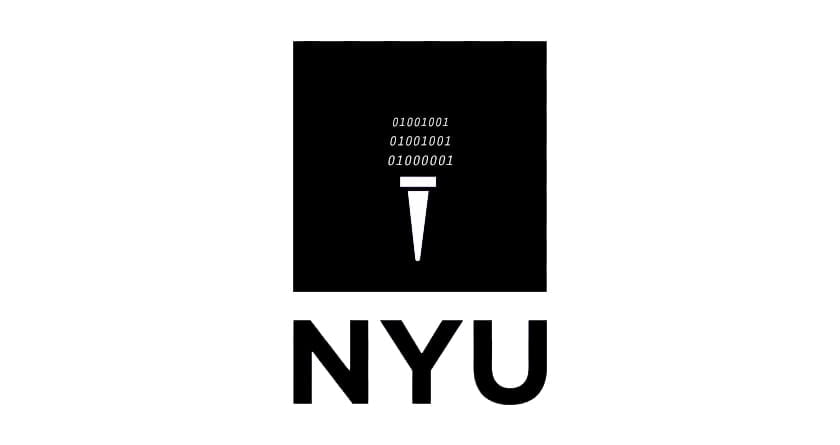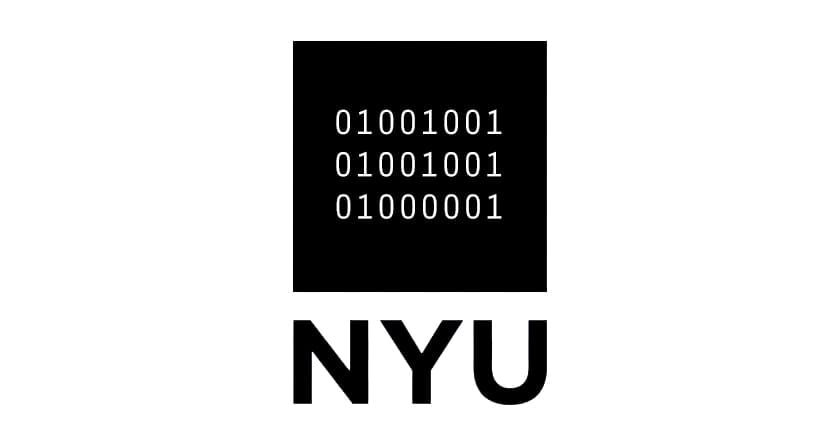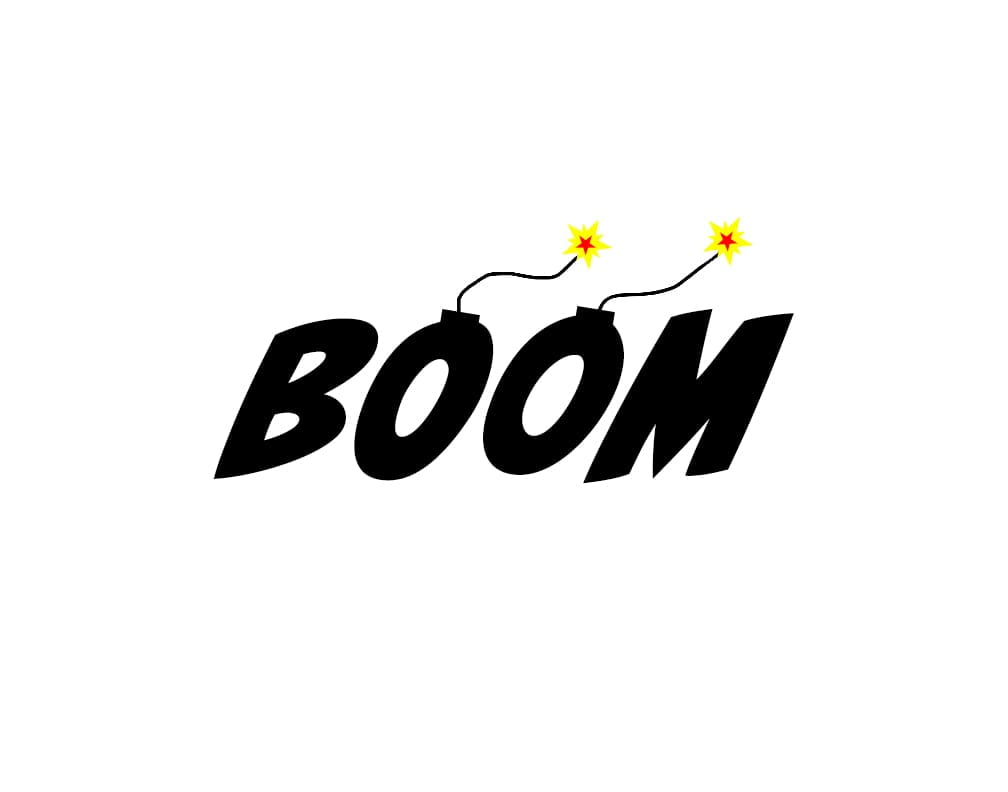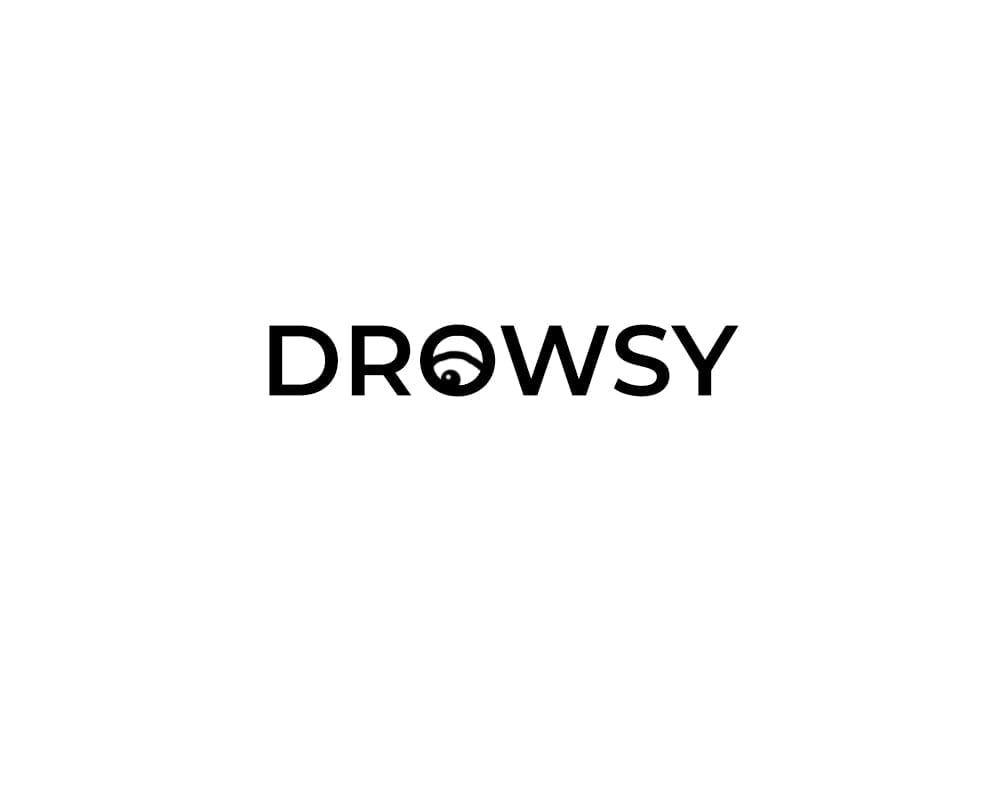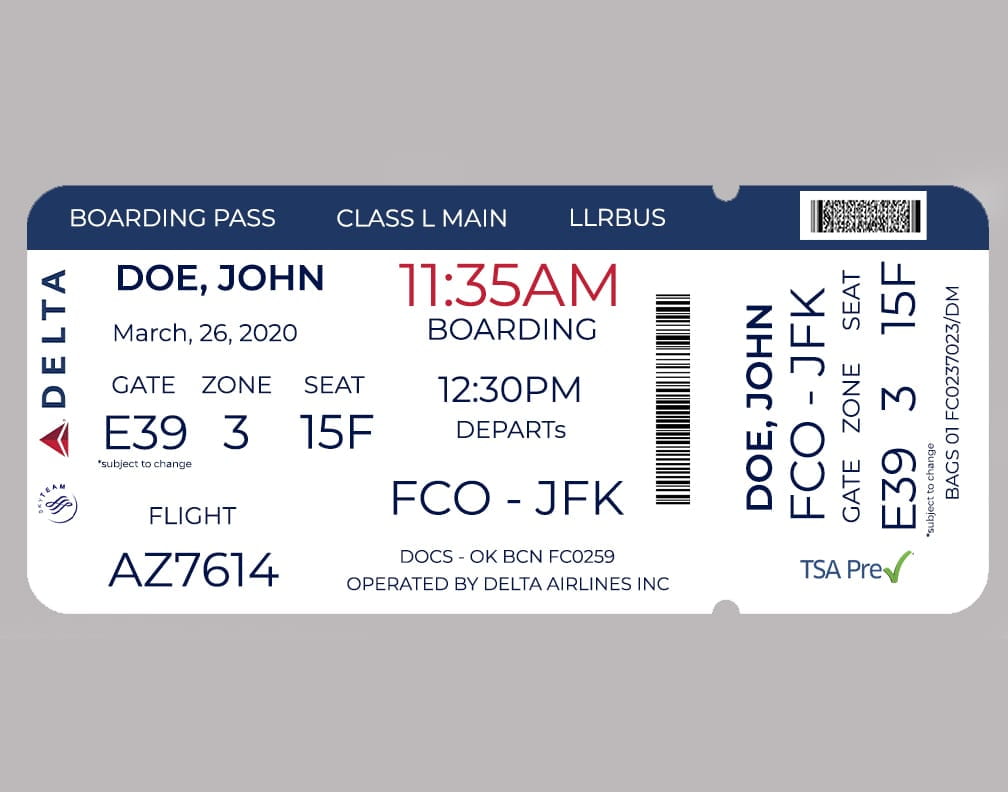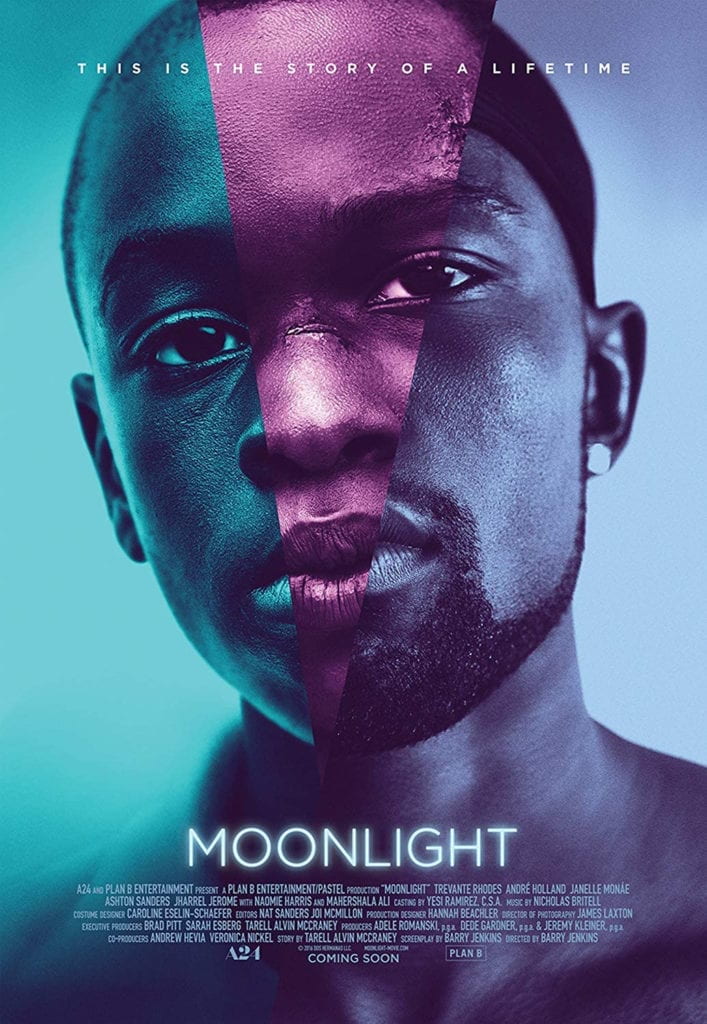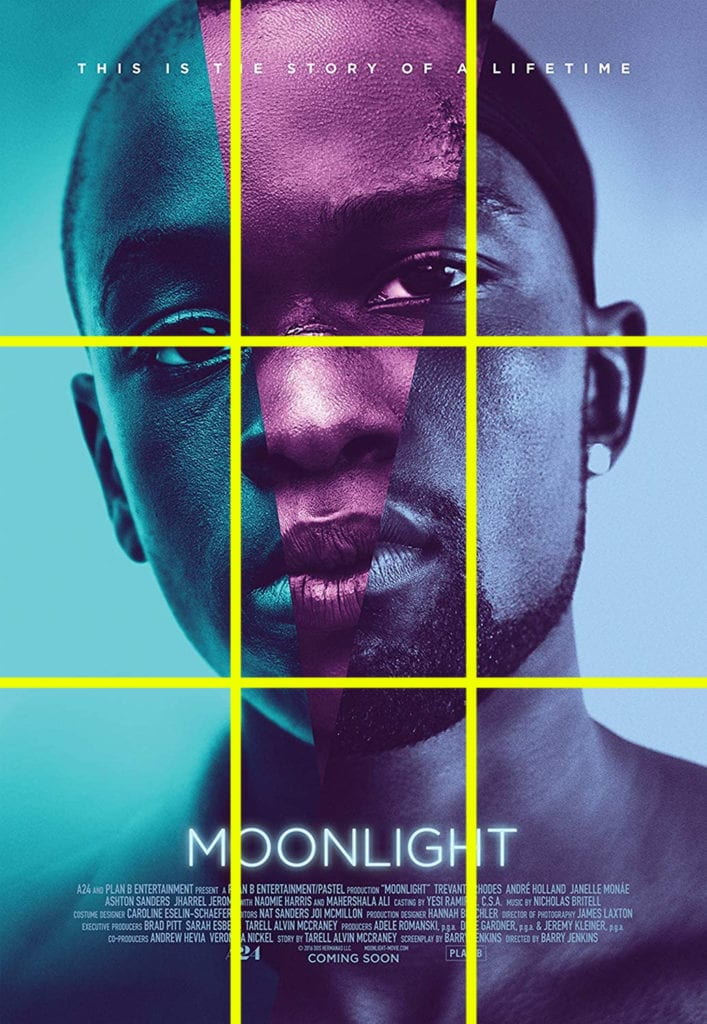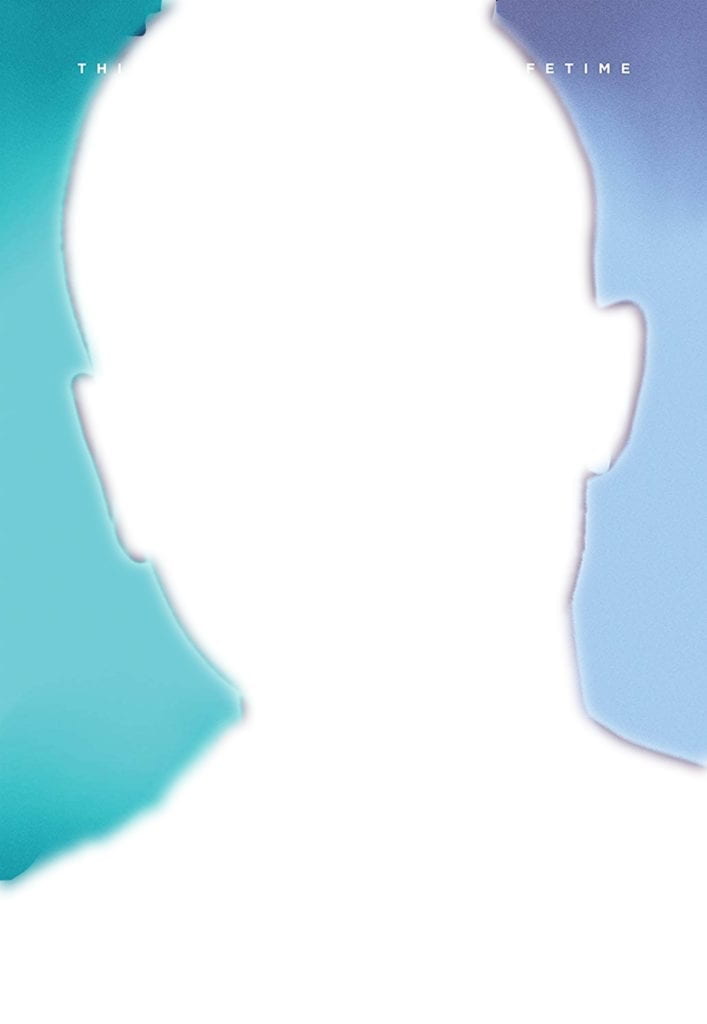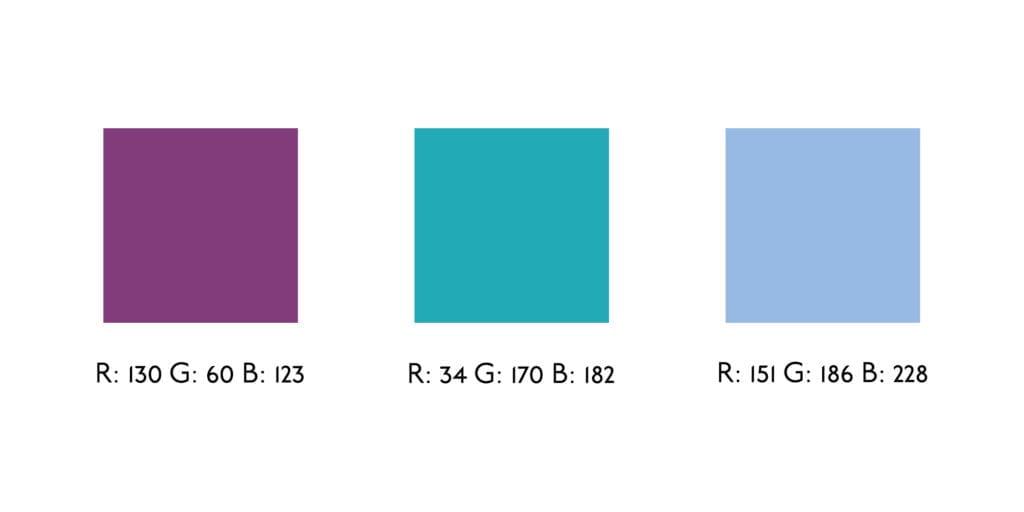For the Color Of Me exercise, I was drawn to a color pallet that is a little all over the place. Two colors are surprisingly similar, while one is almost a complete outsider. The colors are primarily warm and bright, but all in all, I think they go really well together.
To make my patterns, I first made a hand-drawn sketch that I imported into Photoshop. I then turned that sketch into a pattern that I further manipulated in the pattern tool. Originally, I wanted to use sharp lines in Illustrator but quickly tossed those for a loose hand-drawn feel better with the colors.
The Secret Life of Color Review:
I absolutely loved this podcast discussing the history of color. I personally take color for granted, whether it’s clicking on a color wheel or purchasing a tube of paint. I rarely do not have access to just the right shade of red, blue, or green. This, however, hasn’t always been the case, and this podcast playfully takes us down the vibrant history of our favorite pigments. To think if you weren’t in the right social class, you could be stripped of your lands if you wore the color purple. Or how the significance of the color blue completely changed after artists started depicting the Virgin Mary wearing it. The one thing that has always excited me about color and color use seems true throughout time; it is a powerful tool to express ourselves. Humans will go to great lengths and, unfortunately, to the demise of other beings to express their individualism. After listening to this podcast, I am thankful that the cost of color has come down so that the most vibrant colors are not restricted to the most wealthy.
One final thought that struck me was the comment that “Colors are culture creations.” We are constantly changing the meaning and representation of colors. In one generation, pink is considered the masculine color, and blue, the feminine color. Fast forward to another generation, and it’s the opposite. What this comment means to me is don’t feel obligated to follow the current culture of color. Create your own!

